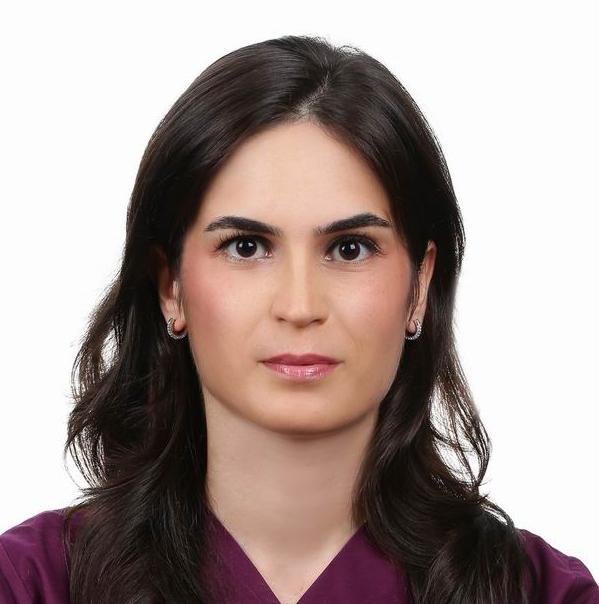




The Keynote Lecture by Prof. Juan Luis Arsuaga: The First Journey, Evolution of Human Childbirth
Prepared by Ipek Betul Ozcivit Erkan, MD
Prof. Juan Luis Arsuaga, the renowned Spanish paleoanthropologist and co-director of the Atapuerca archaeological site, delivered the keynote lecture at the opening of the IUGA/EUGA Joint Meeting this year in Barcelona. Prof. Arsuaga, who has uncovered some of Europe’s oldest and most significant human fossils and authored several popular science books, presented a lecture entitled The First Journey, exploring the evolutionary history of human childbirth. He framed birth as the first journey of life and highlighted how millions of years of evolution have shaped the human body for this unique event.
The lecture emphasized the exceptional nature of human childbirth. Unlike most other species, human birth is painful—a phenomenon explained not by culture or religion but by evolutionary pressures. The source of this pain lies in a fundamental trade-off: the human pelvis must accommodate both efficient bipedal locomotion and the passage of a large-brained neonate. This dilemma exemplifies a broader principle in evolution: the human body is not a perfectly engineered machine but a collection of compromises shaped by conflicting selection pressures over millions of years.
Fossil evidence provides insight into these evolutionary dynamics, though the record is incomplete. Neonates rarely fossilize, and the human pelvis—composed mainly of lightweight spongy bone—preserves poorly. Early hominins, such as Sahelanthropus and Pithecus rabinus, display varying degrees of bipedalism, suggesting a gradual adaptation of the pelvis and torso for upright posture. Efficient bipedalism also required torsion between the rib cage and pelvis, a feature absent in non-human primates and crucial for both walking and childbirth.
Prof. Arsuaga highlighted how evolutionary trade-offs shape the human body. The pelvis, in particular, is a site of multiple contradictions: it must support bipedality, enable reproduction, withstand mechanical stress, and allow sexual function. The combination of these demands creates unavoidable conflicts, such as the narrow birth canal relative to the size of the neonatal head. These compromises explain why human bodies, unlike other animals that appear “perfect,” are inherently imperfect from an engineering perspective.
Overall, Prof. Arsuaga’s lecture underscored that human evolution is a story of adaptation through compromise. Childbirth, with its unique challenges and pain, illustrates how the body negotiates the conflicting demands of locomotion, reproduction, and brain development. Rather than flaws, these imperfections embody the delicate compromises that shape the human form—a remarkable product of millions of years of evolution.